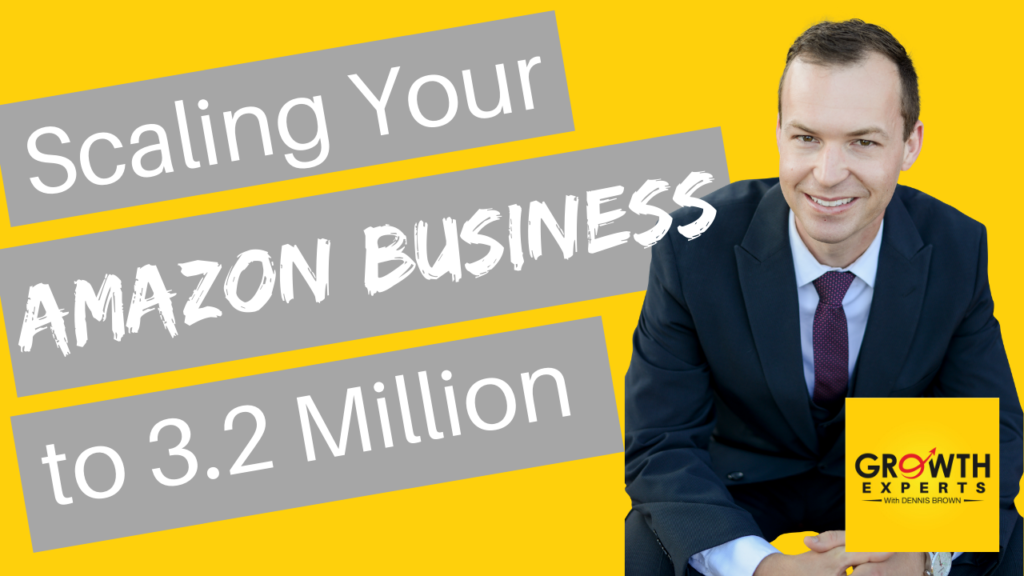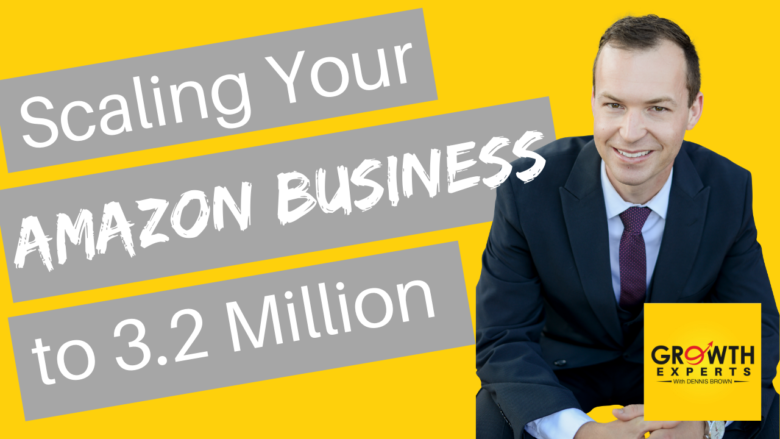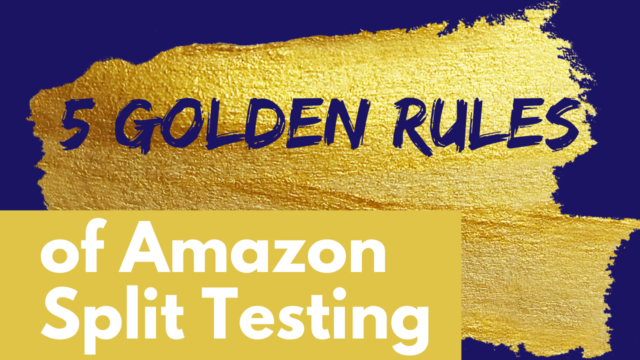
Click Here to Listen to my Interview on Growth Experts
After graduating optometry school in 2010, I worked for my uncle for a few years before making a big life change. In 2015, my wife and I quit our optometry jobs, moved across the country, and started three new businesses (2 optometry practices and one business online). After seeing the growth of our online business, we moved away from optometry in a traditional sense and have since grown this business into the multiple millions.
But we started everything on Amazon. The following are two main steps to build and scale your business on Amazon, just like we did:
- Create a beautiful product listing
- Advertise profitably and protect your brand
How to Optimize Your Product Listings for Amazon
An Effective Title
In your title, you’ll want to include specific keywords you’re going after and avoid those you may not be allowed to use. For example, in the eye health arena, we can use the term eyelid bump but not stye (this may not pertain to you if you’re not in supplements or other medical supplies)
Great Photos
Make sure your main photo has a main image with a white background only. For your other photos, don’t just use photos, but add text to them with all of the benefits of your product.
Bullet Points
Using similar bullet points as used in your photos, create effective bullet points by focusing on the benefits to the customer. What will the customer experience by using your product? What pain will they avoid? You’ll also want to focus on what makes you different. For example, we have a private foundation, so we mention this in our bullets.
Description and Backend Keywords
This is simply an extension of your bullet points, but it’s better to use Enhanced Brand Content (a feature which Amazon provides). For keywords, make sure you’re including all relevant terms that have not already been included in your title, bullets, and description.
Related Article:
11 Best Amazon Listing Optimization Practices
How to Start a Brand Defensive Campaign in Amazon PPC
If you are a larger brand not already on Amazon, this is super important. Even if you’re already selling on Amazon, you should be defending your brand. For example, if someone searches for your brand name on Amazon and you don’t show up, another company is going to steal your sale.
To set this up, add your brand name into a Broad Match keyword and add any variations of your name into this campaign as well.
Keyword Research
Using Helium 10, I like to put in specific keywords that I know our products sell for and search for long tail keywords around those. These will be both keywords that contain a lot of words, as well as keywords that have great search volume but a ton of people are NOT bidding on. Once you find long tail keywords, you can plug them into your Amazon PPC and see how they do.
When people search on Amazon, they’re searching with purchase intent the majority of the time. When a customer is searching on Google, it could be either with purchase intent, just browsing, or even just how to do something.
Browse, Shop, Buy, and Scale Keywords
When someone is just browsing around to see what’s available, that would be categorized as a Browse keyword (“sunglasses”, for example). If someone is really on Amazon to buy, they’ll likely search for something more specific (like “black polarized sunglasses for women”). You can and should distinguish between these keywords in your campaigns.
Scale keywords are those that we know are converting to sales. Conversion rates we look for in these keywords are 25% or higher. When you have these higher converting keywords, you should definitely scale these with an uncapped budget. By doing this, you’ll land at the top of the search when someone types in that search term. Find this data by perusing through your Search Term Report in Amazon.
Related:
Get my FREE 8-Week Amazon PPC Masterclass
Ratings and Reviews
I probably don’t need to tell you this, but the days of giving away products in exchange for a review are long gone. Today, you have to have a great product that’s going to bring in great reviews. You should have a plan to get great reviews with every product you launch. The best way to do this is to build an audience.
This is just the tip of the iceberg on building and scaling a business on Amazon, but by implementing what you’ve learned here you can begin the process quite easily.






